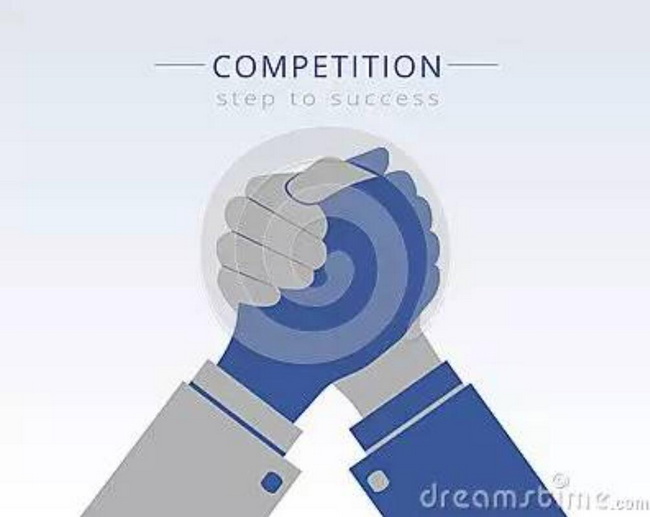
Competitive Advantage
It easy to observe the pace of competitive advantage in some industries. For example our favorite phones have switched from Motorola to Nokia to Blackberry to Apple and now to Samsung and likely soon to someone else - all in the last decade. Competitive advantage may not be shifting as quickly in your industry but it is shifting and it can be fleeting. Finding one and exploiting it for as long as possible is the job of every manager. Waiting too long to build the next competitive advantage can be disastrous.
In her book "The End of Competitive Advantage" author Rita McGrath1 states that whether a competitive advantage lasts two years or two decades it will always go through the same lifecycle. The point of her book and the reason for the questions at the end of this newsletter is that these cycles are speeding up. In the past companies could move through each stage "consecutively" from one stage to the next. However, as these cycles speed up they need to be managed "concurrently". The trouble is that you need very different people managing each stage. So what are the stages to developing a competitive advantage and which people should be managing them?
Stages:
1. Focused business objectives: Developing a competitive advantage always starts with focused business objectives. This is the job of senior management. Clear business objectives state where the business will compete and where it will not compete and the expected outcomes. Without clear objectives there is no chance of developing a competitive advantage.
2. Select projects: the organization must identify projects that match core competencies with market opportunities. Project selection must be based on objective and transparent assessments of both. Gut feel and politics can destroy this process killing any hope of developing a future competitive advantage. The group developing and evaluating projects needs to be made up of both forward and pragmatic thinkers and must be afforded the time to explore and discover.
3. Allocate appropriate resources to promising projects: Once a project is identified the company must mobilize resources to capitalize on the opportunity. Starving projects of cash and people is a favorite activity of those clinging to the past. And, since returns are further into the future for new projects than existing projects, using the same metrics to evaluate both will kill a possible competitive advantage.
4. New product launch: Read carefully "No matter how innovative - No Product Sells Itself!" A new product launch is the most underrated task. Handing this role - especially new product pricing - to the sales team is a BIG mistake. It's critical for the New Product Launch Team to both price the new product and to find and establish that beach head customer segment that will appreciate your new product and help validate the pricing. Superficial market analysis, a poor launch strategy and lack of understanding of tools like Conjoint Analysis have destroyed many a product launch and competitive advantage.
5. Operating mode: Once a product is established its important to have a rapid global or market roll out to keep the market growing.
6. Marketing mode: the success of a new product often spawns new competition that erodes the competitive advantage. Marketing's job is to expand the market and further build the competitive advantage.
7. Disengagement: When the product has run its lifecycle it's time to reinvent.
As our economy becomes more global the notion that one can build a competitive advantage and ride that wave for an extended period of time is long gone. Here are some easy questions to help you assess your level of competitive advantage:
● If given the choice, would I feel comfortable buying my competitors product / service?
● Are we continuing to invest but better margins or growth are not materializing?
● Are cheaper solutions are just as good as ours or "good enough"
● Customers are no longer excited about what we offer?
● We are not considered a top place to work anymore?
● Very good people are leaving the company?
● Competition is emerging from unknown areas?1
If you answered yes to three or more of the above it would be safe to say your competitive advantage has eroded and is past its due date for a re-think. Establishing a process and teams who can manage each stage of the life cycle is mission critical. Starving one area to fund another or lingering too long on one of the steps will destroy your competitive advantage leaving you to chase after the crumbs. As Peter Drucker said so well "The best way to predict your future is to create it"
1. Adapted from "The End of Competitive Advantage - How to Keep Your Strategy Moving as Fast as Your Business" author Rita McGrath

 沪公网安备 31011502013770号
沪公网安备 31011502013770号